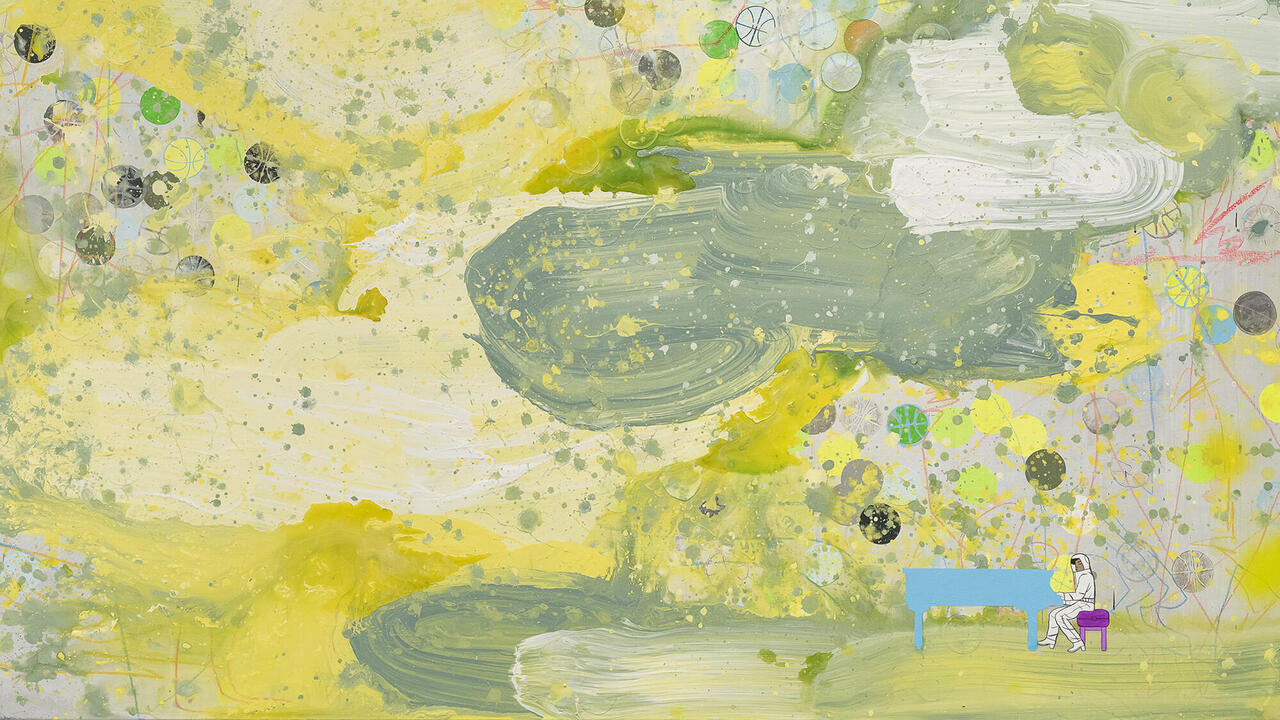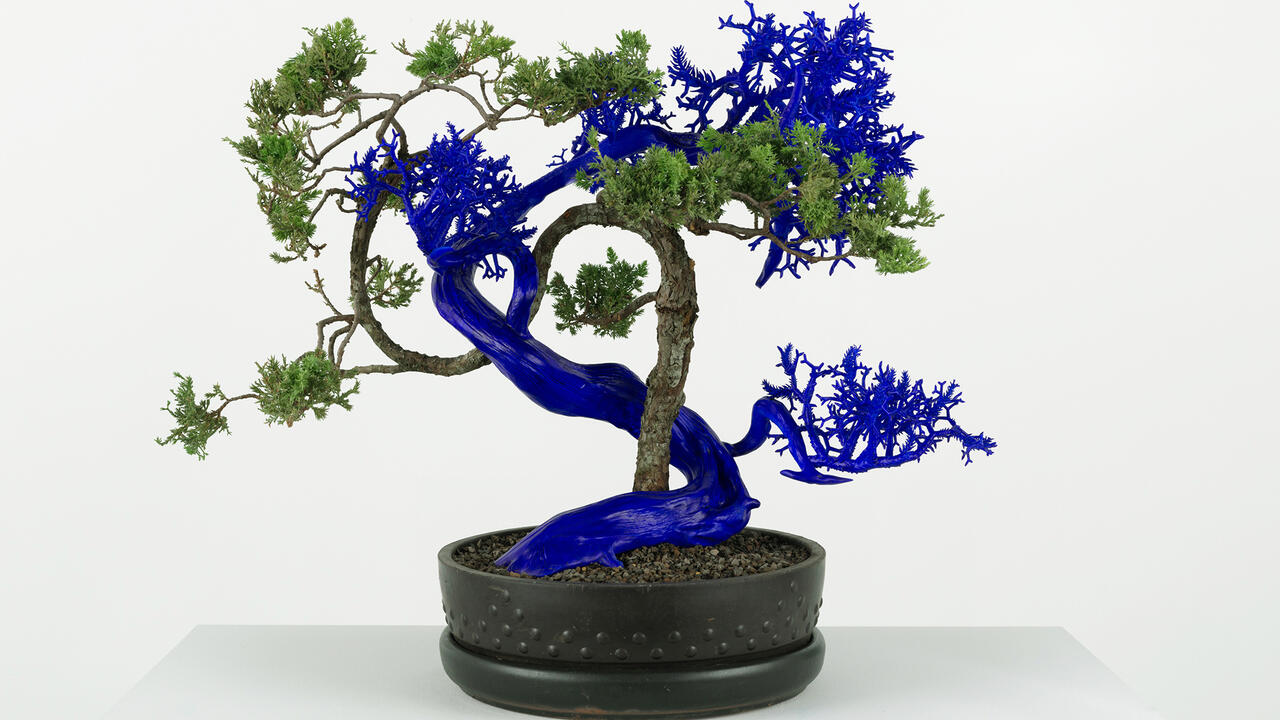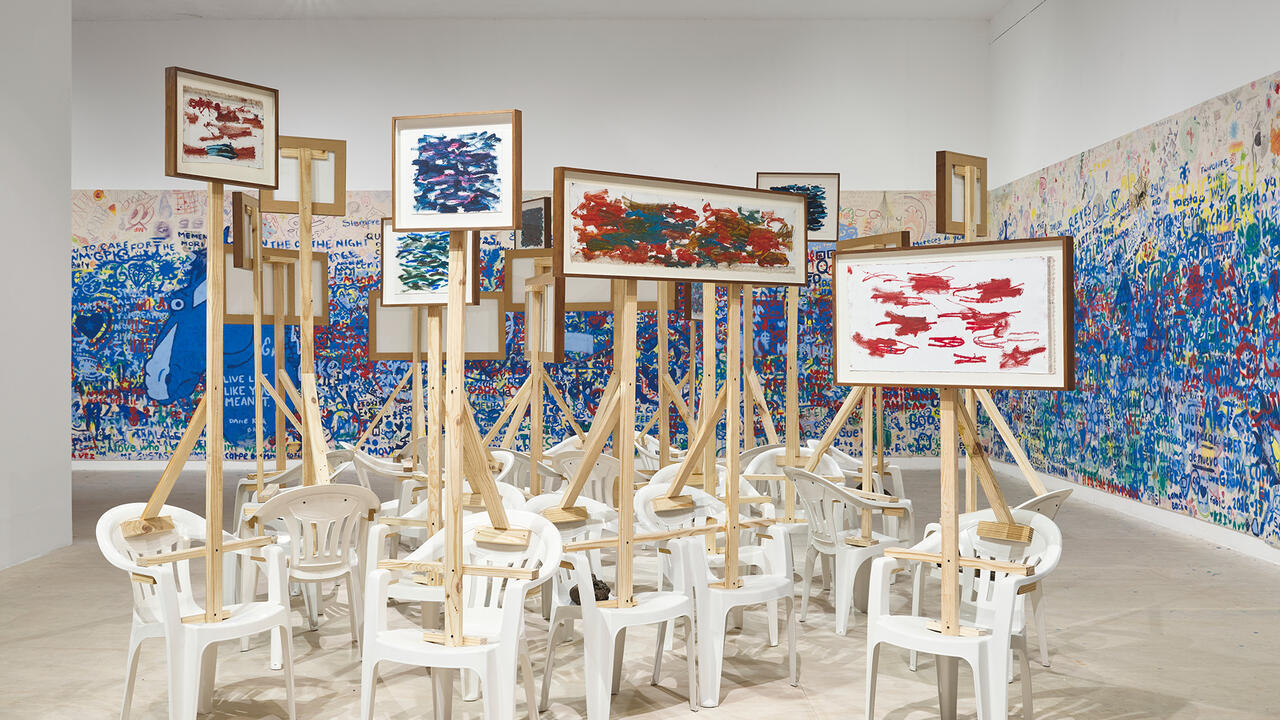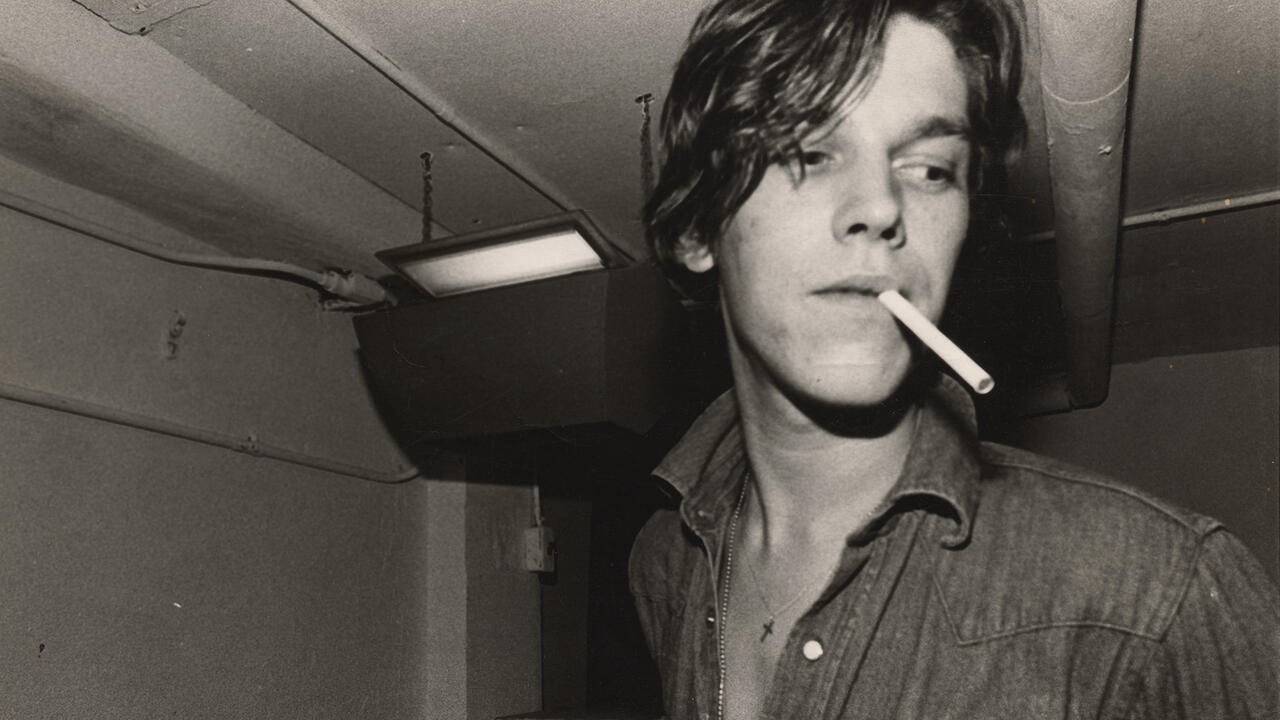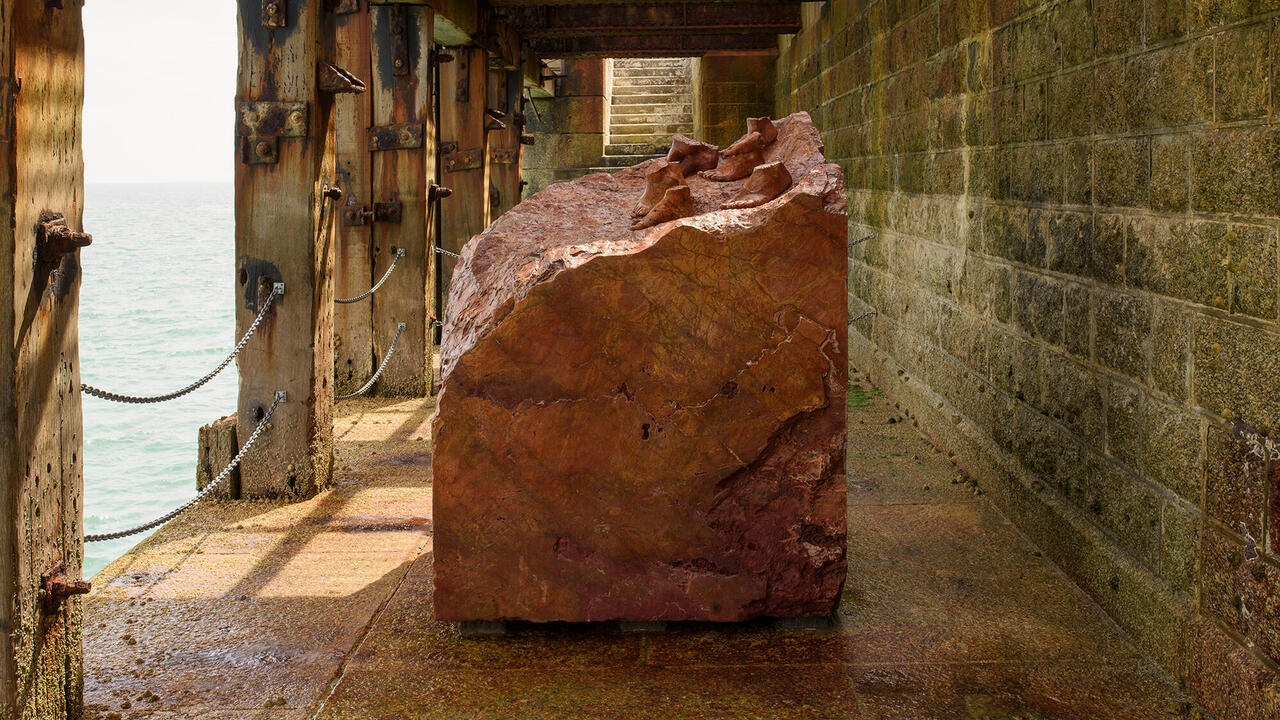Álvaro Urbano Constructs Botanical Romances
At Travesía Cuatro, Mexico City, the artist’s metallic plants and flowers calls to mind the poems of Federico García Lorca and the gardens of Luis Barragán
At Travesía Cuatro, Mexico City, the artist’s metallic plants and flowers calls to mind the poems of Federico García Lorca and the gardens of Luis Barragán

Álvaro Urbano’s first show in Mexico City is a delightful play of subtlety and illusion. Like his previous work involving affective approaches to architecture, as well as a knack for fiction and theatrics, ‘Granada Granada’ sees Urbano fabricate a story that is as romantic as his displays are intricate.
The tale starts on the first floor of Travesía Cuatro where, out of a wall, sprouts a magnolia branch, facing a window and growing tall towards the ceiling. Further back, a dainty pomegranate plant emerges closer to the floor, its flowers blossoming from leafy twigs. Both are so realistic that it would be easy to mistake them for actual plants, but close inspection reveals that every leaf and petal is painstakingly fashioned from fine sheets of metal and hand-painted. The remaining galleries, connected by a hallway sprinkled with metallic olive leaves and bougainvillaea petals, extend the metaphor of a botanical romance. In one space, an acacia tree reaches out towards a loquat shrub; in the next, there’s a full-on rendezvous: delicate sprigs of jasmine get lost between the seductive leaves of a monstera plant – known suggestively, in the artist’s native Spanish, as ‘Adam’s ribcage’.

An elegant, red-backed exhibition guide informs readers that these floral stars of the show can all be found in the poems of Federico García Lorca or the gardens of Luis Barragán. The former – one of Spain’s most beloved poets and playwrights of the early 20th century – was prone to seductive metaphors in which fruits and flowers stood in for the type of dissident carnality that, in his lifetime, would have been harshly censored. Barragán, on the other hand, is Mexico’s favourite architect, a devout Catholic from Guadalajara whose contemplative and colourful buildings and gardens remain a major point of reference for his discipline, and for art more generally. Learning that Barragán had visited García Lorca’s hometown of Granada in 1924, and later discovering a lone pomegranate shrub growing in one of Barragán’s patios in Mexico City, Urbano came up with a speculative romance: what if Barragán – while visiting the gardens of Granada, whose Arabic sensibility fascinated him – had encountered the handsome poet by chance and the two had begun a liaison?

The culmination of this fiction is the show’s highlight: Yo sueño que no sueño (Amanecer) (I Dream that I Do Not Dream, 2023), a room whose floor is covered in an interlacing pattern of Arabic tiles, like those found in the Alhambra in Granada. Upon it sits a concrete replica of a pomegranate fruit, split open to reveal its fleshy interior, an empty wine bottle holding a dried rose and, lying languidly next to each other, a bowtie and a necktie. The abandoned accessories look so soft and pliable that it seems almost unthinkable that they, too, are made of steel. The room is most remarkable, however, for its replica of García Lorca’s balcony, often evoked in his poems, through the green-painted window frames of which creeps the yellow light of dawn shining through rain. Another of Urbano’s illusions, this daybreak of sunshine and showers is generated and maintained by a system hidden behind the gallery wall.

A generous exhibition that is never unnecessarily obvious or condescending, ‘Granada Granada’ allows the spectator to feel their own way through it. Barragán’s most significant influences and García Lorca’s subversive, delicious innuendos all come to life in an affective reading of their works, particularly of their homes and the spaces they inhabited. Urbano displays here a real gift for thinking uniquely about architecture and re-framing it around the lives made by the people within.
Álvaro Urbano, ‘Granada Granada’, is on view at Travesía Cuatro, Mexico City, until 22 April
Main Image: Álvaro Urbano, ‘Granada Granada’, 2023, exhibition view, Travesía Cuatro, Mexico City. Courtesy: the artist and Travesía Cuatro; photograph: Ramiro Chaves










